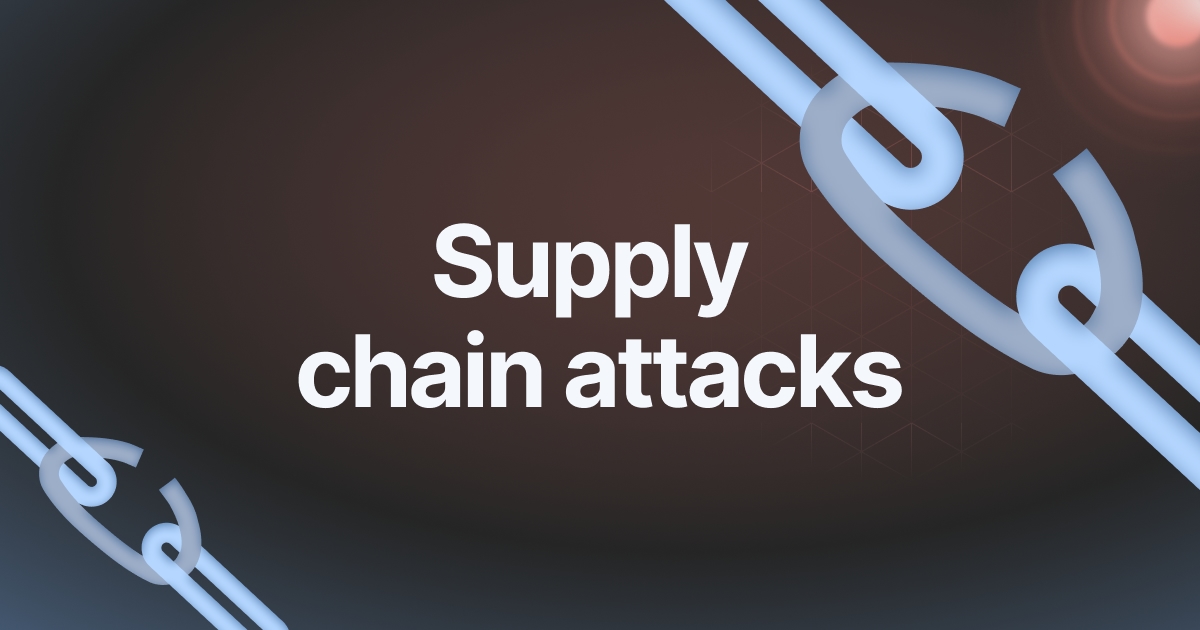The idea of having a security perimeter around your company’s data is rapidly becoming obsolete in today’s digitally interconnected world. A new breed of cyberattack, the Supply Chain Attack, has emerged, exploiting the complex web of software and services that businesses rely on. This article delved into worldwide supply chain attacks. It explores the evolving threat landscape, possible vulnerabilities in your organization, and the most important steps you can make to enhance your defenses.

The Domino Effect: A Tiny mistake can be a disaster for your Business
Imagine the following scenario: your business does not utilize an open-source library with a known security vulnerability. However, the company that provides data analytics services upon which you heavily rely, does. This small flaw could be your Achilles’ Heel. Hackers exploit this vulnerability within the open-source code to gain access to the provider’s systems. They now have a backdoor into your business, via an invisibly linked third entity.
The domino effect provides a perfect illustration of the pervasiveness of supply chain attack. They sabotage seemingly secure systems by exploiting weaknesses in partners’ programs, open-source libraries or cloud-based applications.
Why Are We Vulnerable? What is the reason we are vulnerable?
The very same elements which have powered the modern digital economy, including the rapid adoption of SaaS solutions as well as the interconnectedness of the software ecosystems have also created the perfect environment for supply chain-related attacks. These ecosystems are so complex that it’s impossible to monitor all the code that an organization may interact with even in a indirect manner.
Beyond the Firewall The traditional security measures fail
It’s no longer sufficient to rely on conventional cybersecurity measures to secure the systems you utilize. Hackers can identify the weakest link and bypass firewalls and perimeter security in order to gain access to your network through trusted third-party vendors.
Open-Source Surprise It is important to note that not all free software is created equal
Open-source software is a hugely loved product. This can be a source of vulnerability. While open-source software libraries can be a great resource however, they also present security risks due to their popularity and dependence on voluntary developers. Insecure libraries can be exposed to many companies who have integrated them into their systems.
The Hidden Threat: How to Spot A Supply Chain Risk
It can be difficult to spot supply chain-related attacks due to the nature of their attacks. However, some warning signs could signal red flags. Unusual login attempts, abnormal behavior with data or sudden updates from third party vendors may indicate that your ecosystem is affected. An incident of serious security at a library or service provider that is frequently used is a good reason to take immediate action.
Designing a Fishbowl Fortress: Strategies for Mitigating Supply Chain Risk
How can you improve your defenses against these hidden threats. Here are some important actions to take into consideration:
Vetting Your Vendors: Implement an effective process for selecting vendors that includes assessing their security practices.
Mapping your Ecosystem: Create an exhaustive map of all software and services that you and your company rely on. This includes both indirect and direct dependencies.
Continuous Monitoring: Check your systems for suspicious activity, and track security updates from all third-party vendors.
Open Source With Caution: Take be cautious when integrating any of the open source libraries. Prioritize those that have an established reputation and an active maintenance community.
Transparency is essential to build trust. Encourage vendors to adopt robust security measures, and encourage open communication with you about the possibility of vulnerabilities.
Cybersecurity in the future: Beyond Perimeter Defense
The increasing threat of supply chain attacks necessitates a paradigm shift in how companies approach cybersecurity. No longer is it enough to focus solely on your own security. Businesses must implement an overall strategy focused on collaboration with suppliers as well as transparency within the system of software, and proactive risk mitigation across their supply chain. You can protect your business in a complex, connected digital environment by being aware of the risk of supply chain attack.